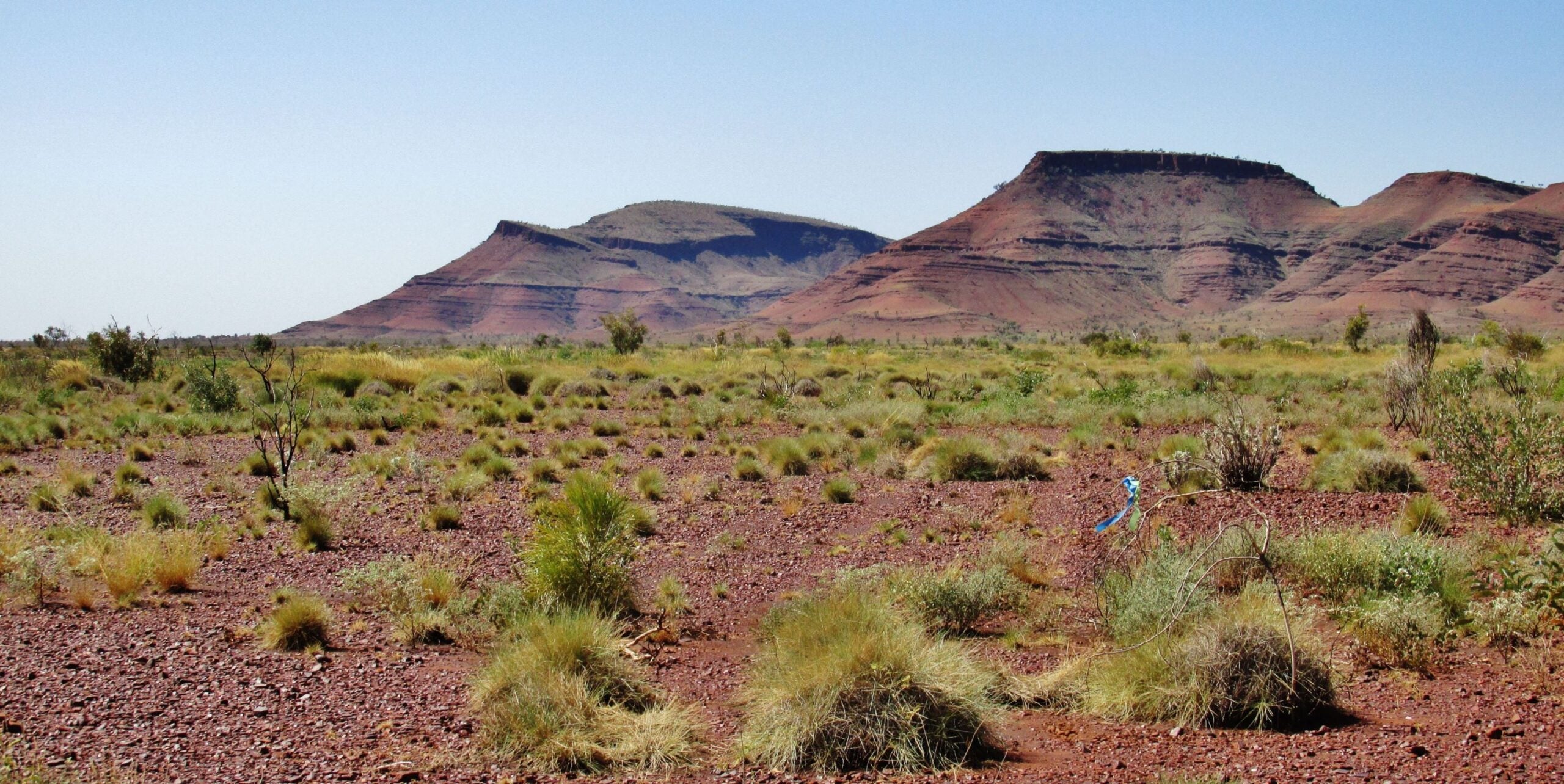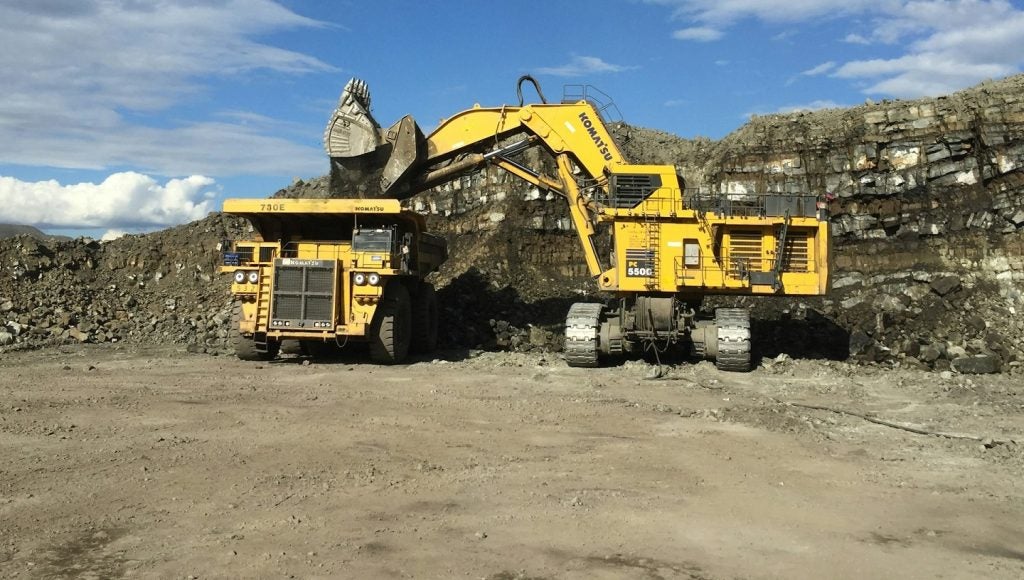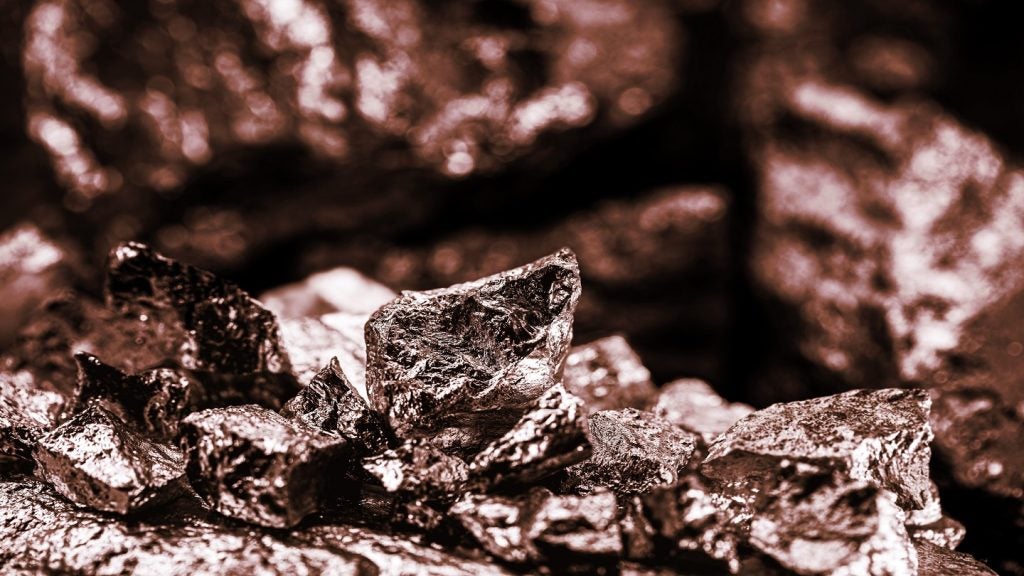
It seems an unavoidable fact that current native land rights in Australia are inadequate, and the outrage following Rio Tinto’s devastation of the Juukan Gorge only serves as the latest example of the irreversible damage that can be done if such measures are not updated.
The blasting of the 46,000 year old caves sparked international backlash and renewed calls to amend the state’s heritage laws, which many say do not adequately protect sites of cultural importance. For others, simply updating these laws is not enough and the blasting only betrays a wider issue – that of the consistent subjugation of cultural wellbeing for economic gain.
A devastating blow, the destruction of Juukan Gorge seems to have elicited a renewed nation-wide fervency for the protection of these sites, though whether government action will meet these demands is another matter.
Indigenous land
According to Professor Jon Altman from the Australian National University, around half of terrestrial Australia is under ‘some form of Indigenous title’, yet in his submission to the inquiry into the destruction of Juukan Gorge, he says current heritage laws do not provide genuine protection of such land.
“Currently, inadequate native title arrangements are allowing the destruction of Indigenous material and spiritual heritage,” he says. “…eroding forms of Indigenous self-determination and limited sovereignty.”
Pressure to update these laws is seen not only in the blasting of Juukan Gorge but also the recent conflict over the Garnkiny or ‘moon dreaming’ site in the East Kimberley region. The area was made famous in artworks by senior traditional owner and artist Mabel Juli, and is currently under an exploration licence operated by Kimberley Granite Holdings. The continued exploration in the area, despite calls for its ceasing, has sparked outcry amongst the area’s traditional owners, the Malarngowem people.
How well do you really know your competitors?
Access the most comprehensive Company Profiles on the market, powered by GlobalData. Save hours of research. Gain competitive edge.

Thank you!
Your download email will arrive shortly
Not ready to buy yet? Download a free sample
We are confident about the unique quality of our Company Profiles. However, we want you to make the most beneficial decision for your business, so we offer a free sample that you can download by submitting the below form
By GlobalDataResponding to backlash, the miners involved in each conflict have said there was an issue of miscommunication, or a belief that such activity would not interfere with the sacred land. In his most recent statement on the matter, Rio Tinto CEO Jean-Sébastien Jacques voiced his support of the planned review of the Heritage Act in Western Australia (WA), which has not been changed since 1972.
“It is absolutely clear – we must learn from what happened at Juukan,” he says. “I am absolutely determined that we all work together – as an industry, as governments, and with traditional owners – to strike the right balance to enable the development of resources as we protect heritage for current and future generations of Australians.”
The Act review will specifically seek to amend section 18, which allows for the destruction of a heritage site with the approval of the WA minister for Aboriginal affairs. According to Altman, there have been 463 applications under Section 18 to impact WA Aboriginal heritage sites on mining leases over the past ten years, none of which have been rejected.
“The sort of inadequacies that exist in the current act are, for example, if the minister makes a decision about site destruction, a company can appeal it but Indigenous people cannot,” says Robin Stevens, an anthropologist and archaeologist who is the convenor of the (WA) Aboriginal Heritage Act Reform Collective. “In 2020, that is just so blatantly unfair.”
Is legislation change around the corner?
A newly updated Heritage Act is anticipated to enter parliament in November this year; hopes for its efficacy are mixed however . Wayne Nannup, CEO of the South West Aboriginal Land and Sea Council, says a change in attitude amongst miners and government officials is what is truly needed.
“The reason this destruction occurs is because: a) mining companies apply for ministerial consent under s.18 of the Aboriginal Heritage Act to destroy known Aboriginal cultural and heritage values; and b) ministers use their ministerial discretion to consent to this destruction occurring,” he says. “While mining companies continue to apply for ministerial consent to destroy Aboriginal cultural and heritage values, and while ministers continue to provide their consent for this to occur, these acts of senseless destruction will continue to occur.”
While the impacts of the Act remain uncertain, Stevens says the change is greatly needed given the regulatory system’s failure to keep up with the rapidly expanding and increasingly competitive minerals industry.
“The department that regulates the heritage act has not kept up, and that’s made the bureaucratic process very cumbersome and time consuming,” he says. “If the minister and his parliamentary colleagues think this industry is so important, as they so often say, then why do they not put more resources into the department which regulates this process for industry? Why would they continue with the sort of funding that may have been appropriate 20 or 30 years ago for an industry that has massively increased?”
Stevens says new laws could offer some security for Indigenous communities if they established minimum safeguards, creating more universal standards that cannot be breached.
“My biggest concern is where you have Aboriginal groups who are underfunded, and who can be sidelined or manipulated into agreeing to something inadequate,” he says. “We already see groups being essentially bullied and coerced into accepting things that are way below the standards we should expect. At the very least if we can have minimum standards drafted, we have a safety net written into the law.”
Will it be enough?
Some mining companies have been seen to take initiative when it comes to respecting Indigenous land, sometimes using equipment that will sound an alert if mining machinery gets too close to sites of importance. Yet Stevens argues this kind of respect should be a legal necessity, not a company choice.
“We are seeing some examples of companies beginning to listen more,” Stevens says. “Some are designing mine and infrastructure plans around Indigenous landscapes. Respecting cultural places associated with traditional stories, while still allowing mining, isn’t that difficult and it isn’t that costly. We’re in a relatively wealthy, democractic country and we have this incredibly valuable culture – the world’s oldest culture. Mining should proceed in a responsible, highly regulated way, there is no reason to be taking shortcuts.”
Exactly how the situation should be remedied is debated. For Altman, he stresses that an Indigenous right of veto is ‘far more important’ than improved corporate behaviour, while Nannup says miners should take more of an effort to not even consider using sacred sites for operations.
“If ministers are going to continue to ignore the spirit and intent of the Act by giving their consent to these s.18 applications,” he says, “then it falls to mining companies to show some self-restraint and stop asking for ministerial consent.”
While the solution remains debated, it is clear that the current situation is not sustainable, particularly as the Black Lives Matter movement has shed new light onto Australia’s murky history. While some miners are already doing the right thing, it is only in bringing cultural respect and sensitivity into law and into practice that such rifts will begin to heal.





